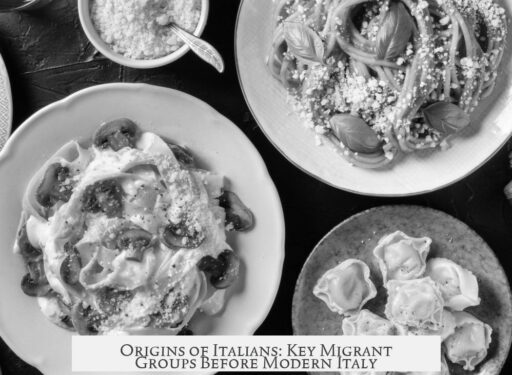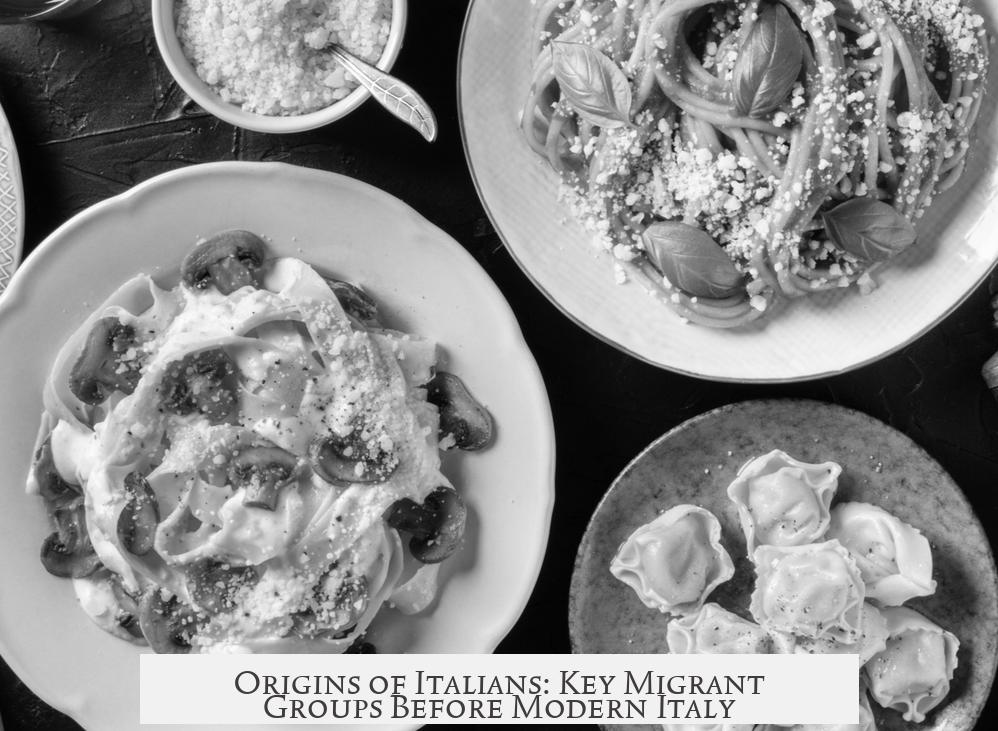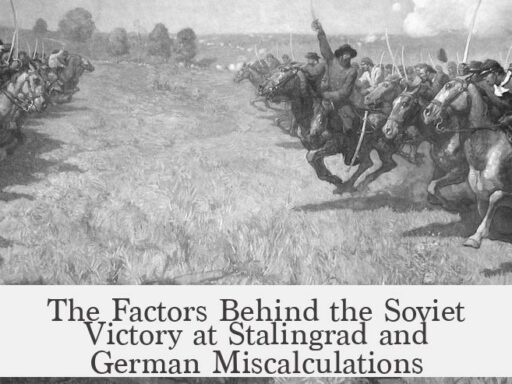Italians originally immigrated from a variety of regions and peoples before settling in the area now known as Italy. Their origins trace back to several distinct groups that gradually merged over millennia within the Italian peninsula. Each group brought its own cultural and linguistic traits, contributing to what later became the Italian people.
The largest early settlers were the Italics, an Indo-European population that arrived between the 2nd and 1st millennium BC. They primarily settled in central-southern and northeastern Italy. This group included key ethnic subgroups such as the Latins—who founded Rome—alongside the Venetics and Samnites.
Another significant migration involved the Celts. Also Indo-European but distinct from the Italics, the Celts moved from what is now France and established themselves in northwestern Italy. Their presence added another layer to the peninsula’s complex demographic mix.
Greek colonists settled the southern coastal regions of Italy. These settlers originated directly from Greece and founded colonies along the shores, further enriching the cultural landscape.
Before the Indo-European arrivals, pre-Indo-European populations lived in the region. Notable among them were the Ligurians and the Etruscans. Etruscans inhabited present-day Tuscany and the lower Po river valley and spoke a language unrelated to the Indo-European family, marking them as culturally distinct.
After the fall of the Western Roman Empire, smaller groups such as various invading armies established themselves in parts of Italy. However, these groups were numerically minor compared to the established population.
Over centuries, these diverse populations assimilated into Roman identity during the Republic and Empire periods. Later, during Lombard rule, a distinct Italian cultural identity emerged. This identity became increasingly separate from the broader Roman world tied to the Eastern Mediterranean, paving the way for modern Italians.
| Population Group | Origin | Settled Area |
|---|---|---|
| Italics | Indo-European; arrived 2nd-1st millennium BC | Center-south, northeast Italy |
| Celts | Indo-European, from France | Northwest Italy |
| Greeks | Greek mainland | Southern coasts |
| Pre-Indo-Europeans (Ligurians, Etruscans) | Pre-Indo-European languages | Tuscany, lower Po river valley |
- Italians descend from multiple groups arriving over millennia, mainly Indo-European Italics and Celts.
- Greek colonists and pre-Indo-European peoples like Etruscans influenced early Italy.
- Smaller migrations after Rome’s fall had limited demographic impact.
- Roman assimilation unified diverse groups, and a unique Italian identity emerged later.
Where Did Italians Originally Immigrate From, Before Ending Up in (What Is Now) Italy?

Italians originally immigrated from various regions and peoples who settled across the Italian peninsula long before the Italy we know today even existed. The formation of the Italian identity was the result of multiple waves of migrations, settlements, and cultural blending over millennia. So, where did these early Italians come from? Let’s unpack the fascinating journey of the populations that ultimately birthed Italy.
The story of Italians begins not with a single group but with a tapestry of peoples settling in the peninsula, each bringing unique backgrounds. To understand modern Italians’ origins, one must first recognize that no single ‘Italian’ people existed initially. Instead, several distinct groups moved into the region at different times.
The Italics: The Heart of Central Italy
The primary ancestors of the Italian people were the Italics, an Indo-European group migrating to the peninsula between the second and first millennium BC. Picture these folks as the backbone of early Italy, mainly colonizing the center-south and northeast regions of the peninsula.
The Italics were not a monolith; they split into various local ethnic groups. Notably, the Latins, who famously founded Rome, were part of this cluster. Alongside them were the Venetics and the Samnites, each with their own territory and customs. Together, they laid the groundwork for what would become Roman Italy.
“The bulk of the population of Roman Italy was made up of ‘Italics’ in the center-south and in the north-east…split into various local ethnic groups such as the Venetics, the Samnites and the most famous Latins, who will found Rome.”
Tldr? Italy’s very soul started with the Italics, who turned scattered settlements into a cultural hub that birthed one of history’s greatest civilizations: Rome.
The Celts: Migrating From France to Italy’s Northwest
Next up: the Celts, another Indo-European tribe but distinct from the Italics. These travelers migrated from what is now France, moving into the northwest regions of the Italian peninsula.
The Celts didn’t just come for a vacation; they settled firmly, influencing local culture and demographics. This migration added a new layer to the melting pot, blending Celtic traditions with Italic cultures.
“Subsequently, the Celts settled in the north-west, always Indo-European but coming from France.”
So imagine Italy as a pot simmering with diverse flavors from France and Central Europe — the Celts contributed a hearty taste to the northern Italian stew.
Greeks: Coastal Settlers Bringing Mediterranean Influence

Meanwhile, along Italy’s southern coastlines, Greek settlers arrived from the motherland and established colonies. Their migration was maritime, spreading Hellenic culture, language, and commerce in what would become known as Magna Graecia.
“On the southern coasts, many Greeks also settled in colonies founded by the cities of the motherland.”
These colonies brought innovations like theater, philosophy, and city planning, which deeply influenced Roman civilization and the broader Italian culture that evolved later.
Pre-Indo-European Populations: The Ancient Natives
Before Italics, Celts, or Greeks, the peninsula had its original inhabitants. These were pre-Indo-European populations, including groups like the Ligurians and particularly the Etruscans.
The Etruscans controlled much of what is now Tuscany and the lower Po valley. Their language and culture were distinct, not falling under the Indo-European umbrella. Their influence on art, religion, and urban life was critical to Rome’s early development.
“There were still several pre-existing non-Indo-European populations…such as the Ligurians and above all the Etruscans in present-day Tuscany and in the lower course of the Po river.”
Without them, the rich tapestry of Italy might look very different today.
Later Influences: Minor but Noteworthy
After Rome’s fall, several armies and smaller groups settled into Italy, but these post-Roman migrations were limited in scale. They didn’t dramatically shift the ethnic composition but contributed to the complex demographic web.
“Apart from secondary influences such as the various armies that settled in different parts of the peninsula from the end of the Western Roman Empire (at most a few tens of thousands of people out of a total population of millions)… “
In fact, these influences were like seasoning — subtle but meaningful additions to Italy’s long history of cultural fusion.
From Romans to Italians: The Emerging Cultural Identity

As these populations mingled during the Roman Republic and Empire, the diverse ethnicities gradually merged into a Roman identity. This unification was a key step before the distinct Italian cultural identity we know today started to form.
During the Lombard reign, the seeds of a uniquely Italian identity grew. This identity slowly separated itself from the broader Roman world that was deeply connected to the Eastern Mediterranean.
“All of them became Romans over the centuries of the republic and the empire and then during the Lombard reign a sense of Italian cultural identity began to be created, autonomous from the rest of the Roman world…”
It’s like mixing multiple musical genres into a new song — the original sounds are there, but the final tune is fresh and distinct.
What Does This Mean for Us Today?
Understanding where Italians originally immigrated from is more than just a history lesson. It highlights how identity forms over time from many influences. Italians are a remarkable example of how migration, settlement, and cultural blending create vibrant societies.
Knowing this can deepen appreciation for Italy’s rich cultural heritage — from ancient ruins to modern art — reminding us that identity is fluid and ever-evolving.
In Summary
- The Italics (Indo-European peoples) arrived first, forming core local groups including the founders of Rome.
- Celts migrated from France, settling in northwestern Italy.
- Greek colonists settled the southern coasts, founding vibrant city-states.
- Pre-Indo-European natives, especially the Etruscans and Ligurians, were original inhabitants with distinct languages.
- Later minor migrations had modest influence.
- All these peoples merged into a Roman identity before evolving into a unique Italian cultural identity during the Lombard period.
Next time someone asks “Where did Italians originally immigrate from?” you can confidently paint a vivid picture of a patchwork of ancient peoples — a true historical mosaic — that created the Italy we know and love today. And perhaps, while pondering migrations of ancient times, you’ll also appreciate the rich, diverse Italian culture served at the dinner table.
Where did the Italic peoples, ancestors of modern Italians, originally come from?
The Italics were an Indo-European group that arrived between the 2nd and 1st millennium BC. They settled mainly in central-southern and north-eastern parts of Italy, including groups like the Latins who founded Rome.
What role did the Celts play in the early population of Italy?
Celts were another Indo-European people. They migrated from what is now France and settled in north-west Italy, distinct from the Italics.
Did any non-Indo-European groups live in Italy before the Italics and Celts?
Yes. Populations like the Ligurians and especially the Etruscans lived in parts of Italy before the Indo-Europeans. They spoke languages distinct from Indo-European tongues.
How did Greek settlers influence the early populations in Italy?
Greeks settled as colonists on southern Italian coasts. They came from the Greek mainland and founded colonies along those shores.
When did a distinct Italian cultural identity begin to form?
After centuries under Roman rule, a unique Italian identity took shape during the Lombard reign, separate from the broader Roman and Eastern Mediterranean cultures.




